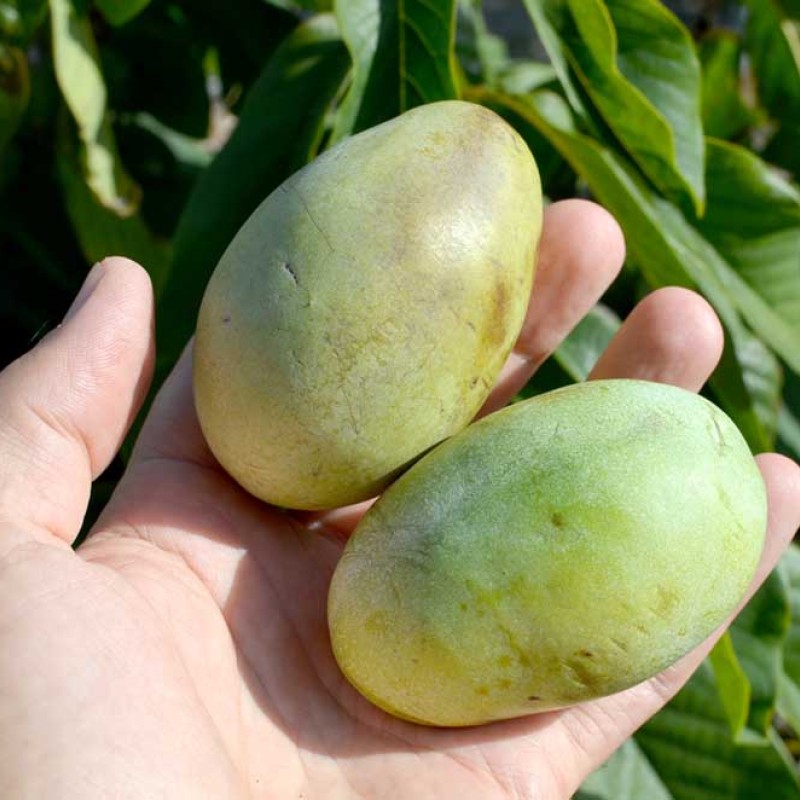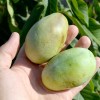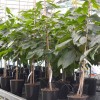Out Of Stock




Differs from other varieties by a significantly stronger growth. Bears very early, already at a young age.
Origin: selected from seedlings from free pollination, Mr. Major Collins, USA
Growth: very strong, upright
Blossom: cross-pollinate, needs another plant Pawpaw for pollination, preferably another variety
Fruits: oval-round, medium-sized, 90 - 180 g, up to 12 cm long
Pulp: orange-yellow, taste distinctly aromatic when fully ripe
Harvest season: early October
Disease resistance: sensitivity to fungal diseases or pests is not known